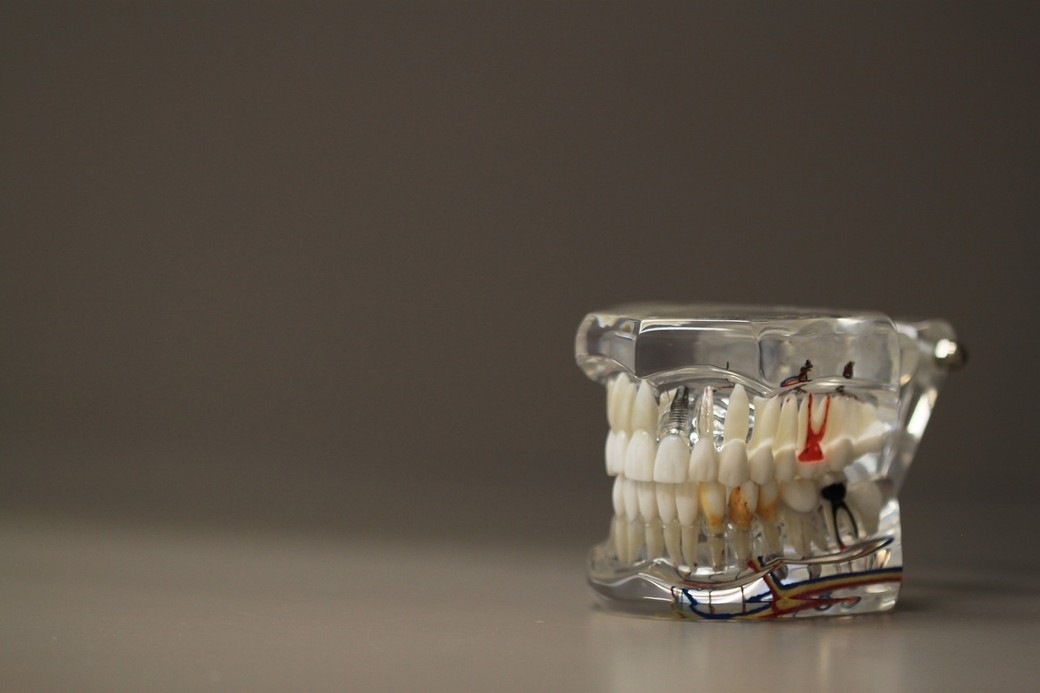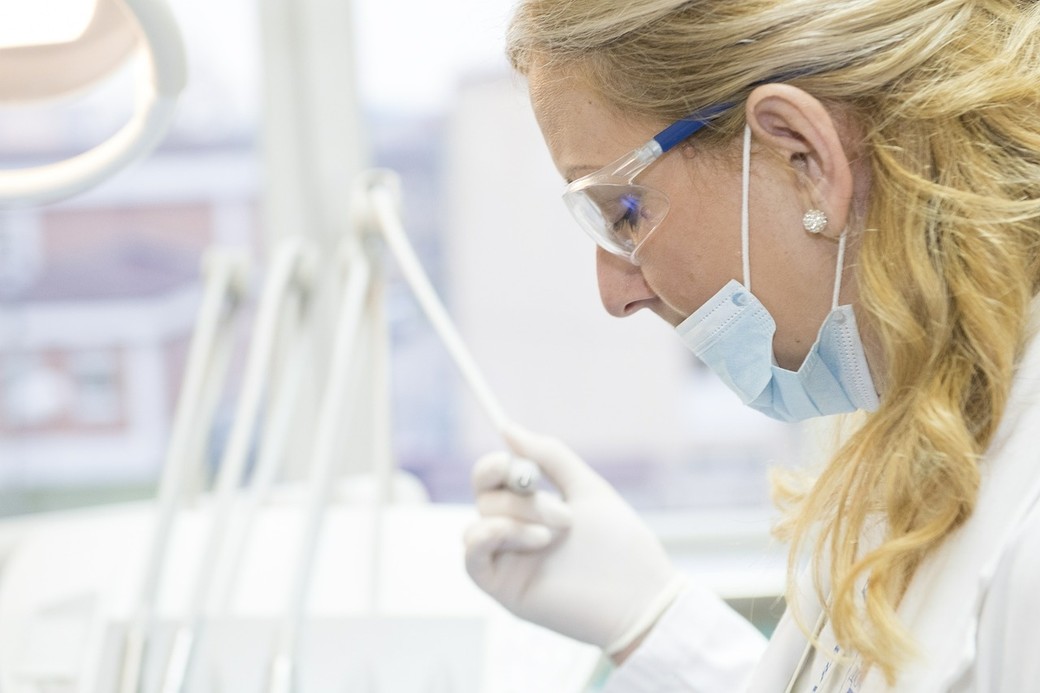
Introducing Digital Dentistry
Written by Dr. Hassan G. Moghadam DDS, M.Sc, FRCD(C)
Digital dentistry may be defined as any dental technology or device that incorporates digital or computer-controlled components in contrast to that of mechanical or electrical alone. This broad definition can range from the most commonly thought area of digital radiographs to the complex fi of CAD/ CAM (computer aided design/ computer aided manufacturing). The introduction of digital imaging led to the development of three-dimensional (3D) models and manufacturing of dental prosthesis. Medical modeling started about 15 years ago and has now exploded with the advent of 3D printers.
In the field of oral and maxillofacial surgery, this has revolutionized our specialty. The medical modeling has benefited the patients and the surgeon. Surgery can now be planned on the computer, visualizing the changes that it will bring and identifying challenges that may arise during the procedure.
The process starts by taking a CT scan of the patient. Dental CT scans, or Cone beam CT scans, provide a high level of detail with much lower radiation than a medical CT. The digital images are then sent to a medical modeling company that will use CAD-CAM technology with a 3D printer to produce a plastic guide. The guide is then used by the surgeon to precisely position the dental implants or the jaws (for jaw surgery) in the planned location based on the CT scan.
The surgical procedure is faster, more accurate and often less painful due to less exposure of the tissue is required with dental implants. However, there are limitations. There can be minor inaccuracies in positioning the guide during the surgery mainly for dental implants if there are no teeth to act as a guide. However, this is in the range of 1.00-1.65 mm (Turbush et al, 2012), considered acceptable for the procedure.
The second image is of a computer- guided implant placement (fi e 2). The implants are planned first on the 3D CT scan, then this information is sent out for a fabrication of a plastic guide. This is made to the specifications provided, based on the imaging and where the final teeth were to be placed and their desired look. This helped to prevent damage to important structures (nerves and blood vessels) and to choose the proper size and angulation of dental implants.
Medical modeling has revolutionized the surgical fi for all specialties. The technology is now printing artificial body parts and metallic medical devices that are implanted in the patient such as custom joint replacements. Tissue engineers at Harvard University have now used a biomaterial to 3D print a network of capillaries. This was the rate-limiting step for organ fabrication. That brings the process one step closer to reality.
In dentistry, the future is here and today, thanks to technology, problem- solving and helping patients is much easier. Digital solutions are paving the way to improved dental health.











